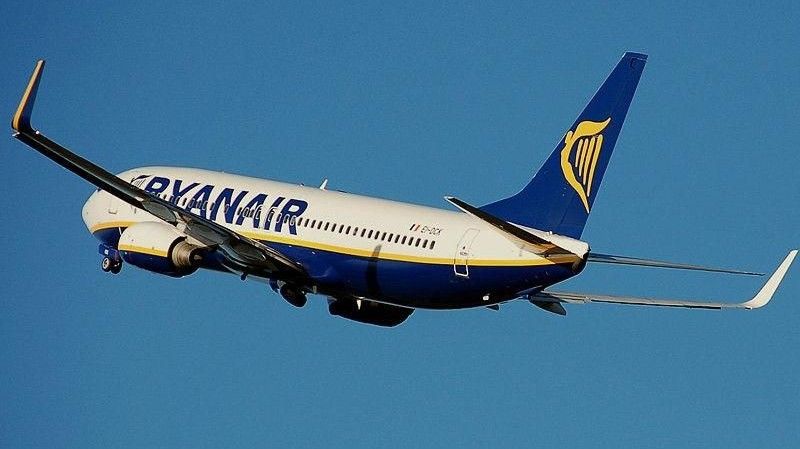Thousands of new road signs have been installed, with the familiar rural speed limit sign—a white circle with five diagonal black lines—now indicating a maximum of 60km/h instead of 80km/h. This change marks the first phase of a broader speed limit overhaul.
Later this year, urban speed limits in town centres, housing estates, and other built-up areas will decrease from 50km/h to 30km/h. Additionally, national secondary roads will see their limits reduced from 100km/h to 80km/h.
The government’s decision follows findings from a 2023 Speed Limit Review, which raised road safety concerns. Between 2020 and 2024, nearly three-quarters (73 percent) of road deaths in Ireland occurred on rural roads where the speed limit was 80km/h or higher. Moreover, 47 percent of all serious injuries happened on these roads.
Road fatalities remain a serious issue, with 174 deaths recorded in 2024. So far this year, 16 people have lost their lives on Irish roads. The new measures align with the government’s ‘Vision Zero’ strategy, aiming to eliminate road deaths and serious injuries by 2050.
These changes are based on recommendations from the Speed Limit Review, undertaken by the Department of Transport in collaboration with the Road Safety Authority, An Garda Síochána, Transport Infrastructure Ireland, and the National Transport Authority. The review was a key commitment in the last Programme for Government.
Motorists caught exceeding the new speed limits could face three penalty points and a €160 fine. If unpaid within 28 days, the fine increases to €240. Continued non-payment can result in a court summons, where drivers could be fined up to €1,000 and receive up to five penalty points.
Authorities are urging drivers to adhere to the new limits, emphasising that reducing speed can save lives and prevent serious injuries. Gardaí have warned that enforcement will be strict, with a focus on ensuring compliance to improve overall road safety.












